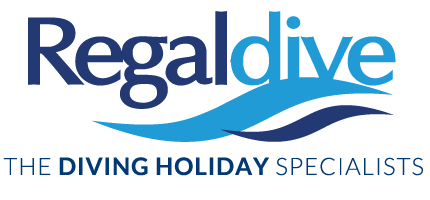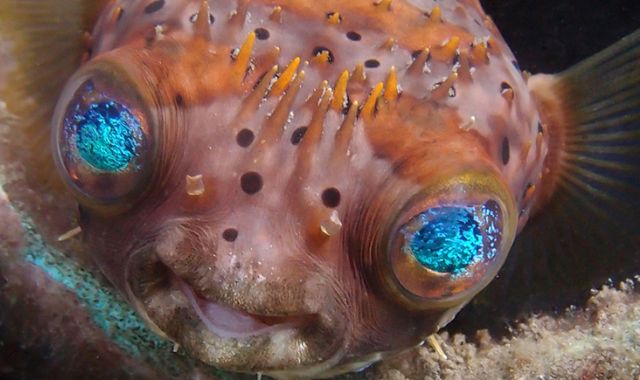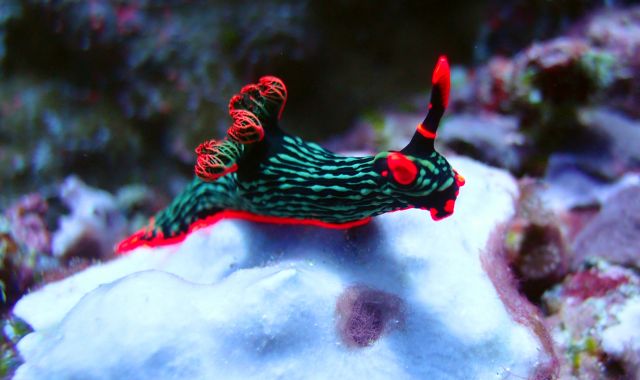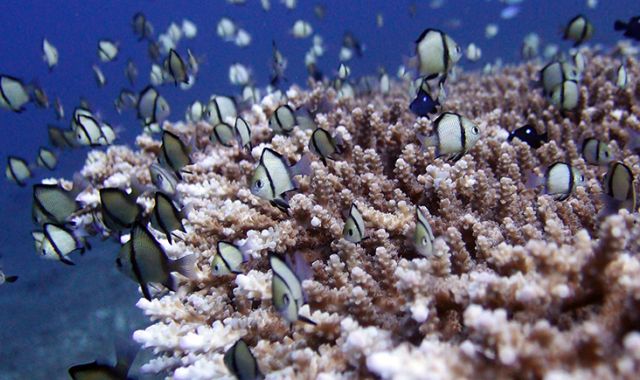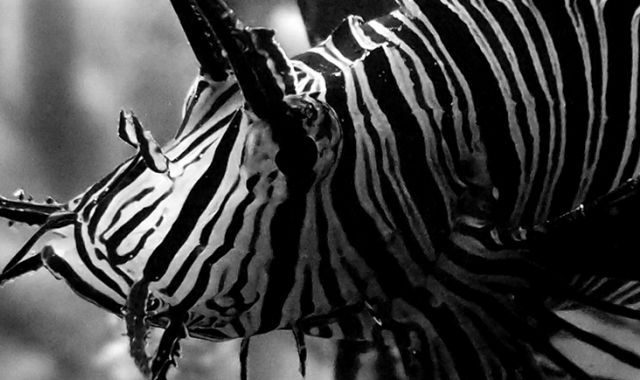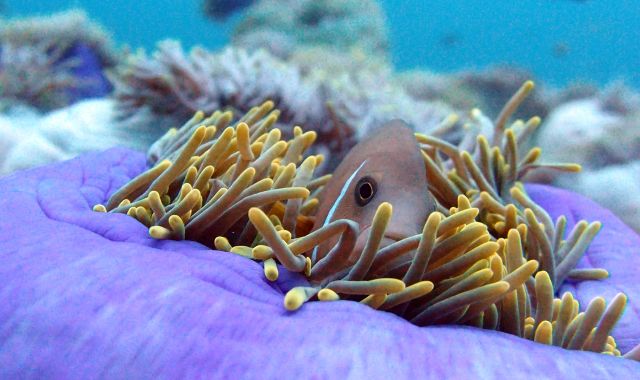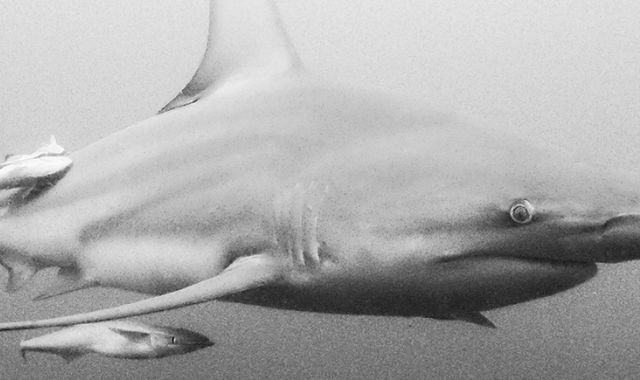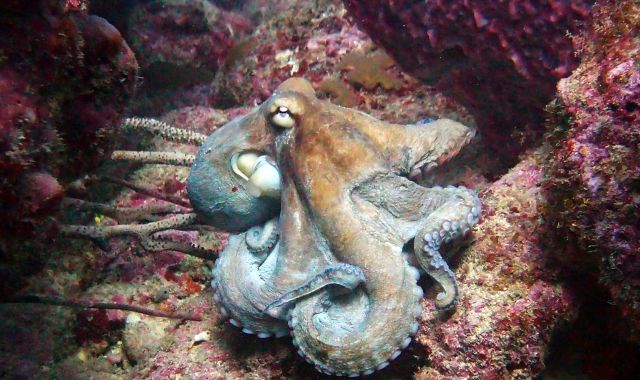- More More
- Blog
- Inspire me
- Groups
- Offers More
- Dive Courses More
- Liveaboards
More

Liveaboard Trips
On-board accommodation offering the opportunity to live right over the dive sites and to experience secluded dives...
Diving regions...
- LATEST AVAILABILITY BY REGION
- Red Sea availability
- Maldives availability
- Indonesian availability
- Socorro Mexico availability
- Galapagos availability
- ALL LIVEABOARD DIVING REGIONS
- Bahamas
- Bikini Atoll
- Caribbean
- Cocos Island
- Destinations
MoreDIVING REGIONS...
Our Top destinations....Why not try....
Find a trip
- Resort
- Liveaboard
Photography Tips from John
8 Sep 2016, John B.
Our colleague John Butland is a keen diver and photographer and he has kindly shared some of his tips with us here for those starting out in underwater photography.
I have been diving for 14 years now and, as a keen photographer, it wasn't long after then that I realised that I wanted to take pictures underwater too. In my eyes, the greatest aid to this has been the switch from film to digital that was gathering pace at that time.
I can't imagine how it must have been taking a camera on a dive knowing you could only take a maximum of 36 shots, most of which could be completely rubbish. I'm first to admit that on a 2 week trip to somewhere like Indonesia I take hundreds of pictures underwater, most of which are still rubbish, but if I get a couple of dozen that I'm happy with (and other people seem to like) then it's worth the effort.
So, this blog is by no means the definitive answer to fantastic underwater photography, more just an idea of what works for me. If you are already an accomplished photographer with a Digital SLR, huge housing and loads of strobes I should pass on by pretty quick. My motto, as with a lot of things in life, is 'keep it simple'.
There is however a balance to be struck. I certainly get reasonable results from a compact camera, but it is a higher end compact, not just an everything automatic point and shoot. So, before buying a camera to use underwater I would recommend getting to know how cameras work and understand taking pictures other than on totally automatic modes. In my opinion, the best way to do this is to ask another photographer to spare you an hour or two of their time. I'm sure they won't mind, we all love talking about our hobbies, don't we? So get them to tell you about ISO, Aperture and Shutter Speed and the relationship between them all.
I would recommend a camera where you can choose the settings for taking your pictures with modes for auto/programme, Shutter and Aperture Priority settings and also manual. My personal favourite is Aperture priority. That means I control the amount of light entering the camera and the camera takes care of the shutter speed. Of course there is less light at depth than near the surface, so a wider aperture is more likely to bring a correctly exposed picture and less blur if your subject is on the move.
Another important aspect is to understand the effect that Aperture has on Depth of Field, maybe something else your friendly photography enthusiast can explain. But basically, with an open Aperture and a subject reasonably close, your background will be nice and blurred, enhancing you subject by removing any unwanted distractions behind.
Another thing that has a major bearing on our underwater photos is the effect of the water itself on the colour of our pictures. I'm sure you have noticed, but it's a bit blue down there, with all red disappearing within a few metres of the surface. The professionals will tell you the best way to overcome this is with 1 or 2 strobes (flashes). Well I leave that to the experts as it complicates things in my view and adds to the cost a bit too much for me. Again you can take the simple approach. A red filter on the front off your housing will help, probably better for the point & shoot type cameras where few adjustments can be made within the camera. But beware if you want pictures in the shallows or else they will take on a bit of a red tinge.
The other way is investing in a camera with adjustable White Balance. Don't ask me why it's called that because in our case it's the blues and reds it sorts out. So adjustable White Balance is a useful feature on any camera you buy for underwater work. Again the easiest way to learn how it works is to sit down with a friendly, experienced photographer when you are on a dive boat sometime.
A tip you will often see is to always shoot your underwater pictures in a RAW. This is something I have done for a few years, but now have hundreds of picture files I have never used and hard drives that are completely full due to the larger file size. So only do this if are really serious about editing your pictures, with plenty of time and a good knowledge of using photo editing software. I find that with JPEGs I can still get nice results, some don't come out right, but I don't want to bore family, friends and other divers with hundreds of photos. So 20 to 30 good pictures from a trip are often enough. Sometimes less is more anyway.
